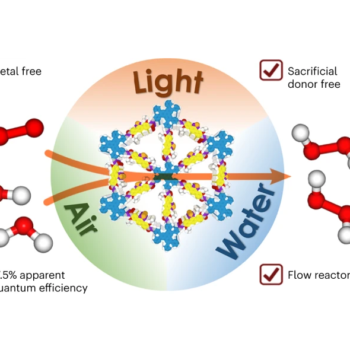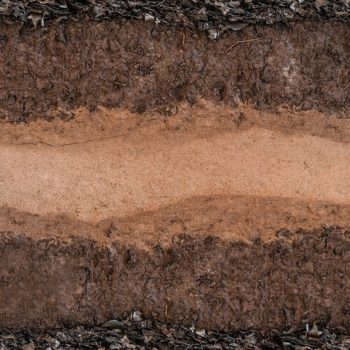|
|
Energy is the driving force behind our modern world, powering everything from our gadgets to our homes. With the growing energy demand, it is crucial to find effective ways to store it.
A recent study suggests a creative solution involving everyday materials like cement and carbon black. This innovation could revolutionize energy storage and support using renewable sources like solar, wind, and tidal power, ensuring stable energy networks despite fluctuations.
Introducing Supercapacitors
Before delving into the details, let’s grasp the supercapacitor concept. Imagine a powerful energy-storage device that acts like a speedy rechargeable battery. A supercapacitor can swiftly store and release energy, making it an alternative to traditional batteries. This exciting technology utilizes a mixture of cement, carbon black, and water to create a game-changing energy storage system.
Picture Out How Supercapacitor Works
Imagine two special plates sitting close together, like two slices of bread in a sandwich. These plates are soaked in a magic liquid that can hold energy. When we push a button, positive charges gather on one plate, and negative charges gather on the other. It’s like making a yummy energy sandwich.
The separation of charges creates a strong electric field, charging the “sandwich” with power. When we need energy, we can take a bite from the sandwich, and the charges rush through a circuit, giving us the power, we need. It’s like the sandwich sharing its delicious energy with us!
The Discovery
Scientists have discovered that two everyday materials, cement and carbon black (which look like fine charcoal), might be the key to a groundbreaking and affordable energy storage system. This could help make renewable energy sources like solar, wind, and tidal power more reliable, even when these energy sources fluctuate.
Using Common Materials for a New Solution
Researchers have found that by combining cement and carbon black with water, they can create something called a “supercapacitor.” Think of a supercapacitor as a special way to store electricity, kind of like a battery, but different. Imagine a house’s foundation storing a whole day’s worth of energy without costing much extra and still being strong enough to support the building. This same technology could be used in concrete roads to charge electric cars as they drive over them.
Simple But Clever Idea
This exciting discovery is explained in a soon-to-be-published article in a science journal called PNAS. Some smart people from MIT, like professors Franz-Josef Ulm, Admir Masic, and Yang-Shao Horn, along with others from MIT and the Wyss Institute, came up with this idea.
How It Works
Think of capacitors as simple gadgets with two plates that can store energy. Imagine those plates are immersed in a special liquid and separated by something like a wall. When we add voltage, one plate gets positive charges, and the other gets negative charges.
This separation of charges creates a special energy field, and that’s how the capacitor gets charged up. Supercapacitors are just super versions that can store a lot more energy.
Secret Behind the Supercapacitor
The breakthrough came when scientists mixed carbon black (which is good at conducting electricity) with cement and water. They let this mixture set and solidify. The cement and water create tiny pathways, and the carbon black forms wire-like structures inside these pathways.
This makes a big surface area for storing energy. They then soak this mixture in a liquid that carries charged particles. When they sandwich two pieces of this mixture with a space in between, it creates a super-strong supercapacitor.
Like Rechargeable Batteries
Remember, the two plates in the supercapacitor are like the two sides of a battery. When you add electricity, the plates store energy. Then, when you connect it to something like a light bulb, the stored energy flows out to power the bulb.
The Fascinating Mix
One of the researchers, Admir Masic, thinks the mix of cement and carbon black is amazing. It combines a material we use a lot (cement) with something really old (carbon black was used for things like writing the Dead Sea Scrolls). They created something new and exciting by putting them together in a special way.
How It All Comes Together
As the mixture hardens, the water reacts with the cement, forming openings. At the same time, the carbon black arranges itself into conductive wires within these openings. This process is simple and can be done using cheap materials found everywhere. And they only need a small amount of carbon, about 3% of the mix, to make it work.
Takeaway
Energy storage remains a critical challenge for our energy-hungry world. Developing supercapacitors using materials like cement and carbon black introduces a remarkable solution.
This innovative approach could reshape how we store and utilize energy, making renewable sources more reliable and accessible. Combining centuries-old materials with cutting-edge technology will pave the way for a more sustainable energy future.












